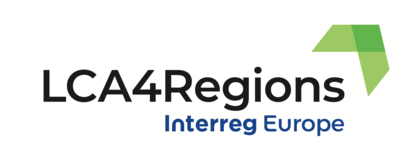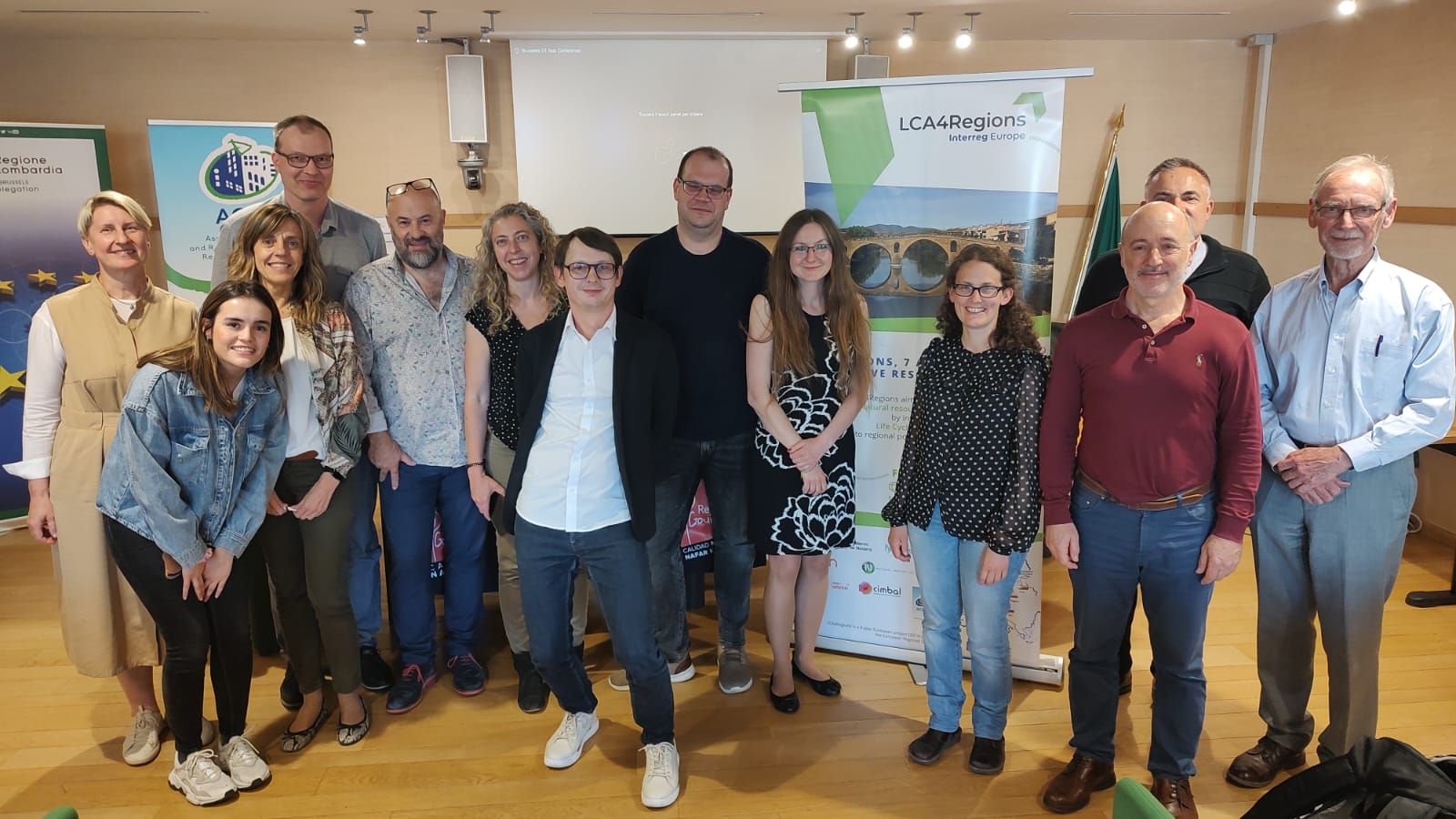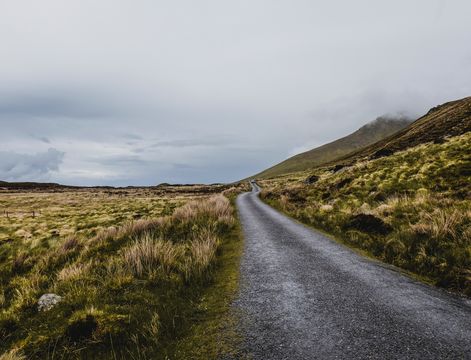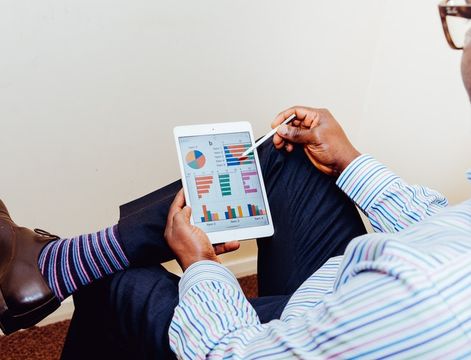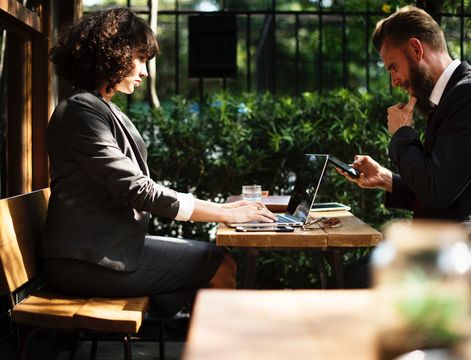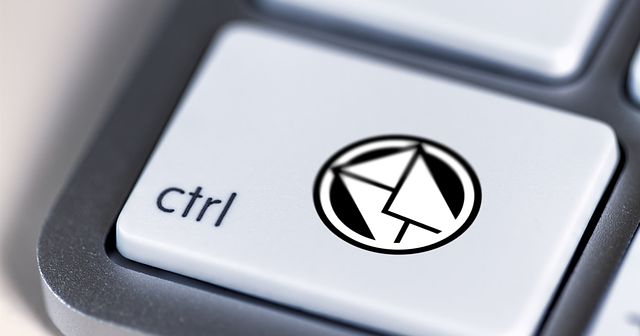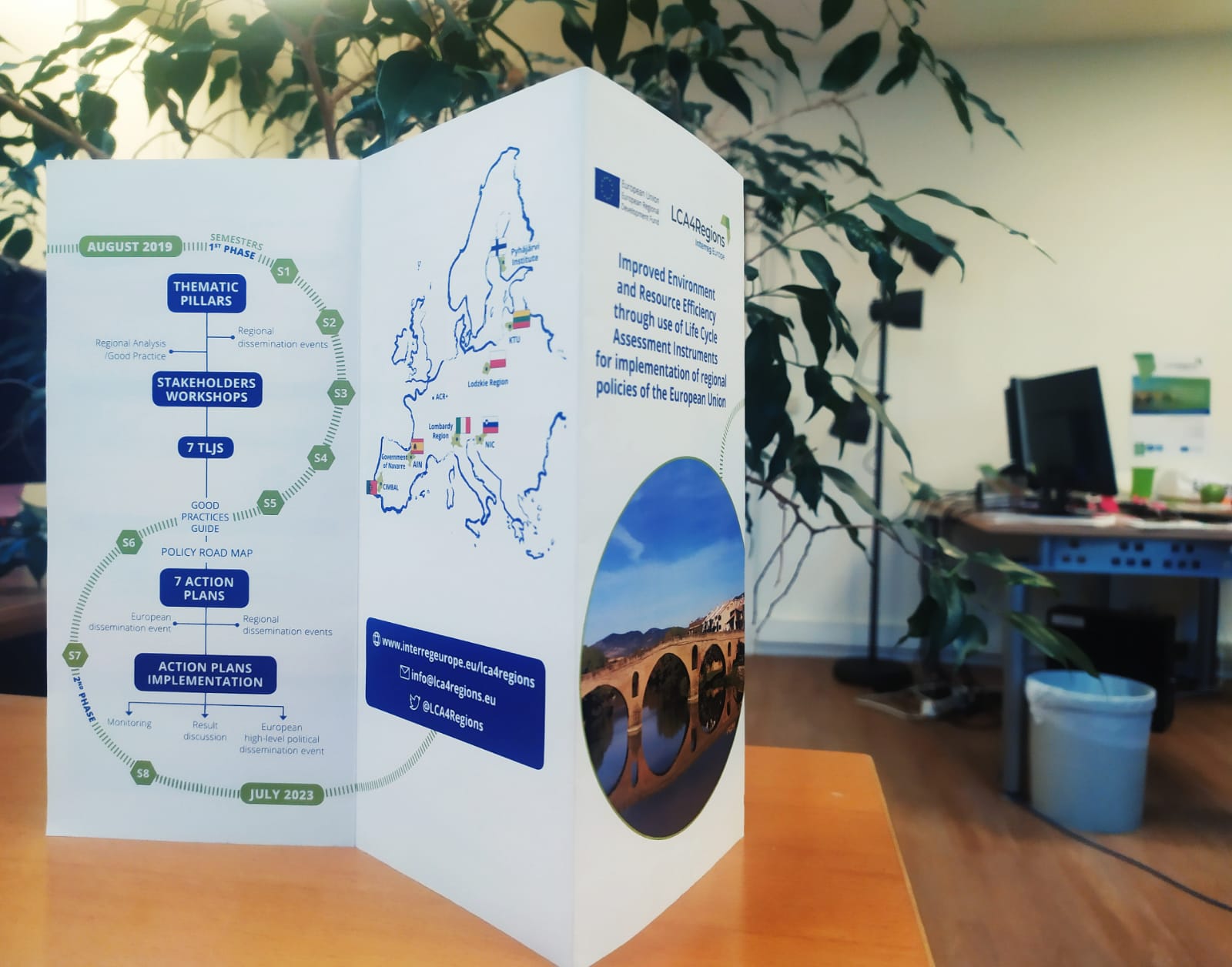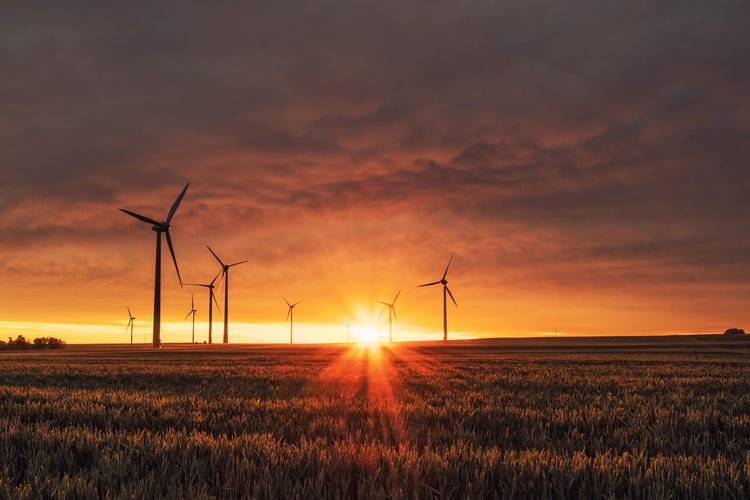Here is the part 2 of the article on circular economy and bioeconomy from the series on the policy context of Satakunta, read part 1 here
Finnish Bioeconomy Strategy
The national bioeconomy strategy (2014) updating started 2020, and will be finished 2021. The strategic goals will remain intact, but the actions require updating. An important goal in the updating work is to increase the added value of bioeconomy, and the implementation of circular economy as part of bioeconomy.
Finland has set the course for a low-carbon and resource-efficient society and a sustainable economy. A key role in reaching this goal is played by a sustainable bioeconomy. The bioeconomy will boost the national economy and employment in Finland and enhance the well-being of the Finnish people. The vision of the first Finnish Bioeconomy Strategy is that Finnish well-being and competitiveness will be based on sustainable bioeconomy solutions. Thus, the policy instrument “The Sustainable Growth and Jobs 2014-2020 Structural Funds Programme of Finland” has a solid basis in bioeconomy. The policy instrument steers the selection of development projects and investments, supported by smart specialisation policies.
In Satakunta, funding from the European Regional Development Fund will help to strengthen factors supporting the industry's ability to renew itself, with a special focus on the marine and technology industries. The region puts an emphasis on cleantech and ICT technology solutions. Smart services and service activities for the industry are part of the service industry of the future.
The regional development priorities include (1) the creation of new business activities, the promotion of growth and internationalisation, and the increase in energy efficiency among SMEs; (2) the research, development and innovation activities of development organisations, institutions of higher education, businesses and the industry will be strengthened, as well as collaboration related to these activities. The agri-food sector is supported especially by provision of support for internationalisation and for the allocation of public resources and services by utilising technology and by developing new user-oriented service concepts.
The objective of the Finnish Bioeconomy Strategy is to generate new economic growth and new jobs from an increase in the bioeconomy business and from high added value products and services while securing the operating conditions for the nature’s ecosystems. The leading idea of the strategy is that competitive and sustainable bioeconomy solutions for global problems will be created in Finland, and that new business will be generated both in the Finnish and international market, thus boosting the welfare of the whole of Finland.
Circular economy and bioeconomy in the Regional Programme of Satakunta
The policy instrument “Regional Programme of Satakunta” includes thematic sector “Bioeconomy and the circular economy”, in which the aim is to develop a competitive business environment for the growth of the bioeconomy and create new multi-sector entrepreneurship and jobs as well as new ecosystems and sophisticated, high value-adding bio-based products and services. The objective is to develop the region’s food cluster and the vitality of the forest bioeconomy. The region’s expertise in bioeconomy will strengthen smart specialisation and opportunities for growth. The aim is to develop practices and methods as well as creating opportunities for the circular economy through separate demo projects. Expertise in the circular economy is part of the region’s smart specialisation profile.
Focus is on several points, such as:
- Promote the production and consumption of responsible, locally produced food;
- Develop competitiveness, digitalisation and resource-efficiency in food chains, and promote the export of foodstuffs;
- Consolidate regional, national and international collaboration of development actors, research and educational organisations and private sector RDI activities;
- Strengthen bioeconomy entrepreneurship, competence and education;
- Promote development of logistics solutions and logistics services including e-accessibility;
- Promote the varied and sustainable utilisation of forest resources, taking biodiversity into account;
- Develop innovative and sophisticated, bio-based products and promote construction with wood;
- Take care of the natural environment and aquatic systems as well as the balance between utilisation and protection of forests;
- Develop the service business in bioeconomy value chains (e.g. ecosystem services, nature tourism);
- Promote the utilisation of side streams from industrial and primary production and industrial symbioses;
- Develop innovative methods for nutrient recycling etc.
- Support the implementation of technologies and practices that promote the circular economy;
- Strengthen expertise, training and entrepreneurship in the circular economy as well as national and international co-operation.
